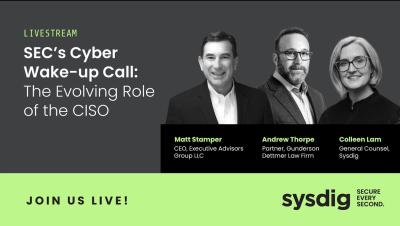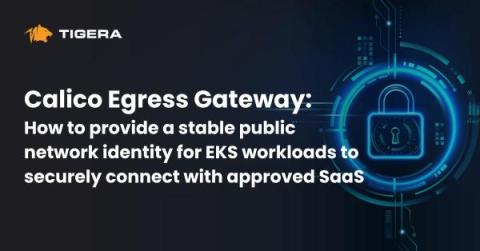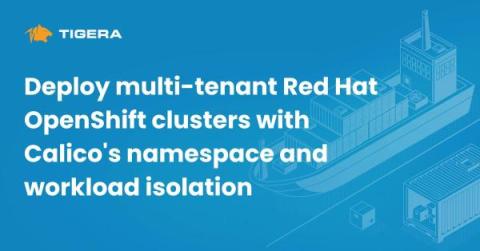Security | Threat Detection | Cyberattacks | DevSecOps | Compliance
Containers
Sysdig Stands Alone: GigaOm Names Sysdig a Leader and Outperformer for Cloud Workload Security
How Financial Services Organizations Can Stay Compliant - Without Sacrificing Security
Mastering Kubernetes in on-premises environments
Understanding the Risks of Long-Lived Kubernetes Service Account Tokens
Kubernetes Service Account tokens are exploited in many attack chain scenarios. Learn how to mitigate these risks and secure your Kubernetes clusters effectively.
Why context matters in Kubernetes security
Fuzzing and Bypassing the AWS WAF
Calico Egress Gateway: How to provide a stable public network identity for EKS workloads to securely connect with approved SaaS
Many organizations have adopted IP address allowlisting for their corporate cloud applications as an added layer of security. Many sanctioned cloud applications and web services enforce access restrictions based on the source IP address of incoming traffic. To establish a connection with these remote SaaS services, your traffic must originate from a particular IP address that is pre-registered. Any traffic originating from different IP addresses will be denied access by these remote applications.
Don't get hacked! Apply the right vulnerability metrics to Kubernetes scans
Deploy multi-tenant Red Hat OpenShift clusters with Calico's namespace and workload isolation
As you are using OpenShift or are planning to use it for your containerized applications, ensuring robust security is crucial. As you dive deeper and your workloads become more complex, the need for advanced security measures becomes apparent. This is where Calico’s microsegmentation capability helps to achieve tenant and workload isolation. Let’s explore how Calico can be a game-changer in strengthening the security posture of your OpenShift environment.











